Nitrous oxide usage is the future of hospital economics
In the global healthcare industry, nitrous oxide, N2O, has been in clinical use for over a century for its many benefits. Nevertheless, N2O is a powerful greenhouse gas, almost 300 times more potent than carbon dioxide, and escapes into the atmosphere after being exhaled by a patient. The Swedish green tech company Medclair offers a safe and sustainable solution for collection and destruction of N2O, enabling hospitals the opportunity to keep using the financially beneficial sedative.
Given that many hospitals are run by state-funded welfare, cost-efficiency is essential for hospital economics. One way in which hospitals can make potential savings is to retain the use of N2O since it is a cost-efficient agent compared to other anesthetic gases.
– We have used N2O for almost a hundred years: in anesthetics, childbirth, and procedures where the patient needs quick pain relief. N2O is superior to other anesthetic gases because it provides rapid relief, is fast-acting, and offers a calming effect simultaneously, says Daniel Kornhall, Consultant Physician at the Department of Anaesthesiology and Intensive Care at Nyköping Hospital, Sweden.
N2O is one of the fastest-acting pain relievers there is. It also provides a calming and anti-anxiety effect, enabling doctors to work quickly and undisturbed. In addition to saving time during the treatment, the gas supply faster patient recovery.
– As the drug is controllable, the need for vigilance and personnel is minimized. The patient's vital parameters are only slightly affected by N2O, with minimal effect on heart rate and blood pressure. The gas is controllable and reduces the need for courtship and additional staff handling the sedation. Other drugs have side effects and can affect the patient's vital functions. That is not the case with N2O, Daniel Kornhall says and continues:
– Many hospitals in Sweden use N2O in the emergency department. In these cases, an anesthesiologist is not required for sedation procedures, which means significant time and cost savings for the hospitals, Daniel Kornhall says.
However, N2O is a significant contributor to air pollution and longtime exposure can adversely affect human health – if not collected and destroyed. When using N2O, it is therefore critical to eliminate the gas directly after use to reduce its carbon footprint.
– Continuing to use N2O, but destroying it, is the future of hospital economics. In addition to the financial incentives, there are also sustainability reasons. Anesthetic gases make up 2.5 percent of the total greenhouse gas emissions. The bulk of it is N2O. By destroying it, the hospitals sustainability efforts can play its part, Daniel Kornhall says.
The Swedish green tech company Medclair is a leader in sustainable N2O solutions, specializing in measurement, collection, and destruction of N2O. Their patented technology eliminates above 99.6 percent of the gas after use.
– Climate and health go together. If we do not get climate change under control, we will suffer from more overburdened hospitals and new public diseases. There is thus a medical aspect to the global sustainability issue, where Medclair is part of the solution, Daniel Kornhall concludes.
About Medclair:
Medclair is a leading provider of sustainable N2O solutions, providing state-of-the-art technology for measuring, collecting, and destroying N2O. Medclair's innovative solutions help create a safe work environment while significantly reducing the environmental impacts associated with N2O. Their customers are mainly in the healthcare sector, which requires a safe and climate-smart use of N2O for pain relief.
Interview person:
Daniel Kornhall, Consultant Physician at the Department of Anaesthesiology and Intensive Care at Nyköping Hospital, Sweden.
Author:
Gabriella Jerlström, Senior Content Manager, Borg Owilli, Sweden.
